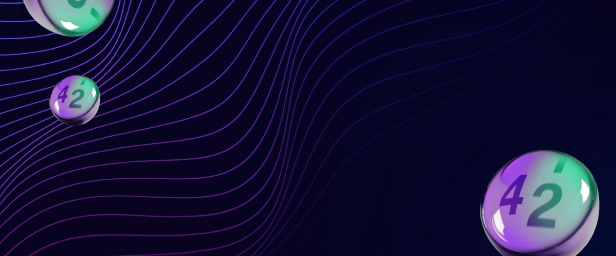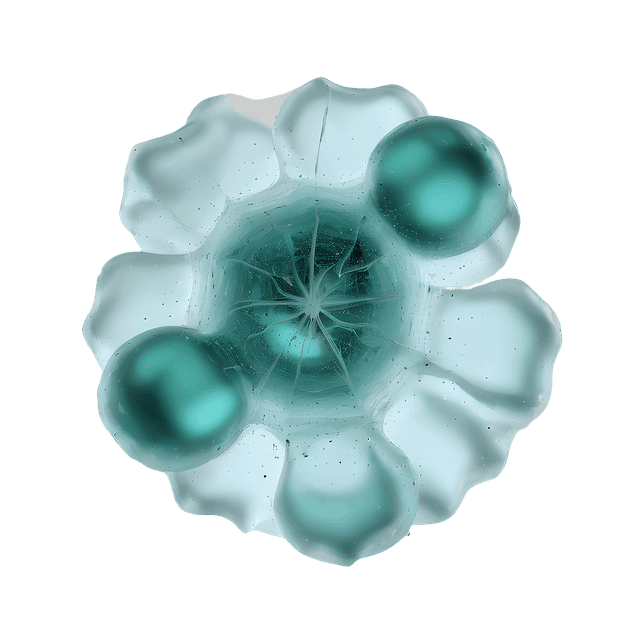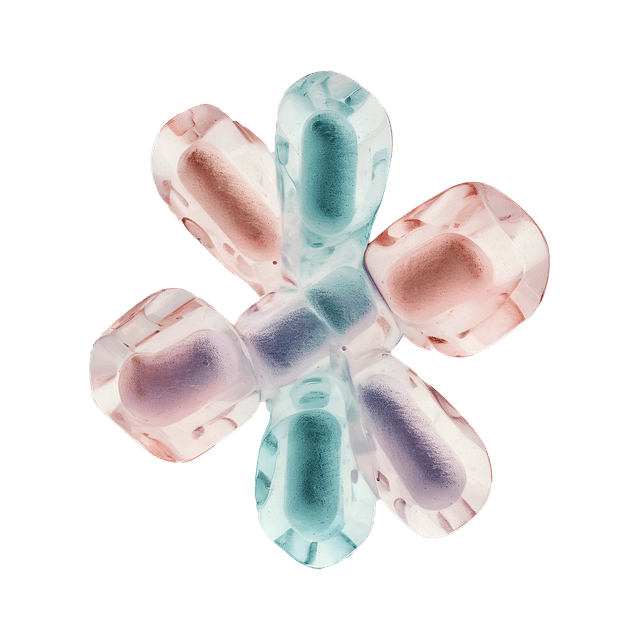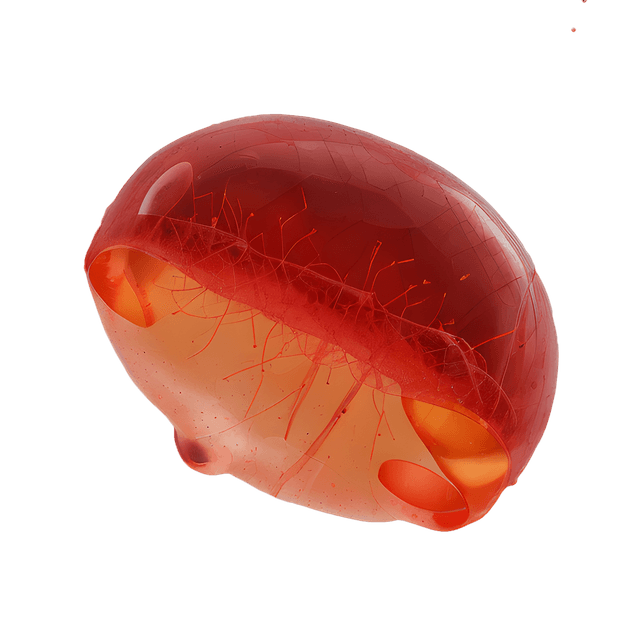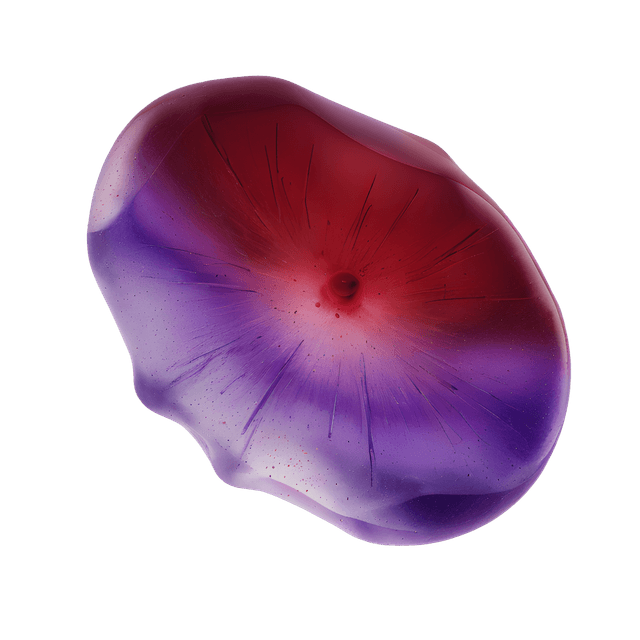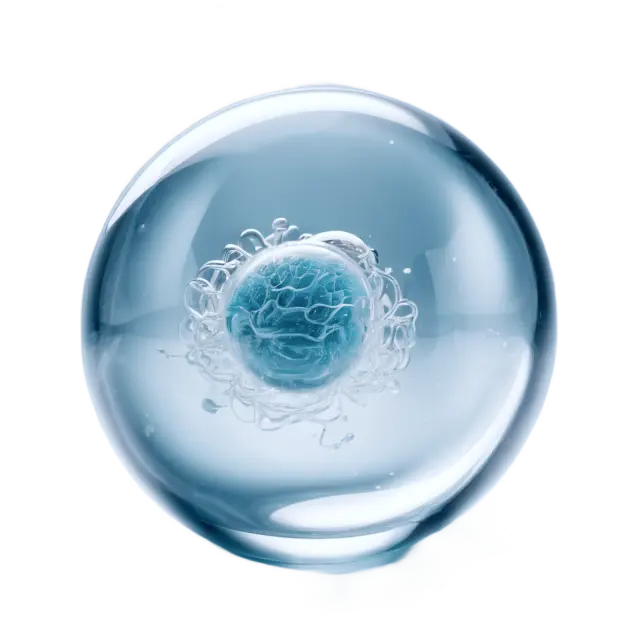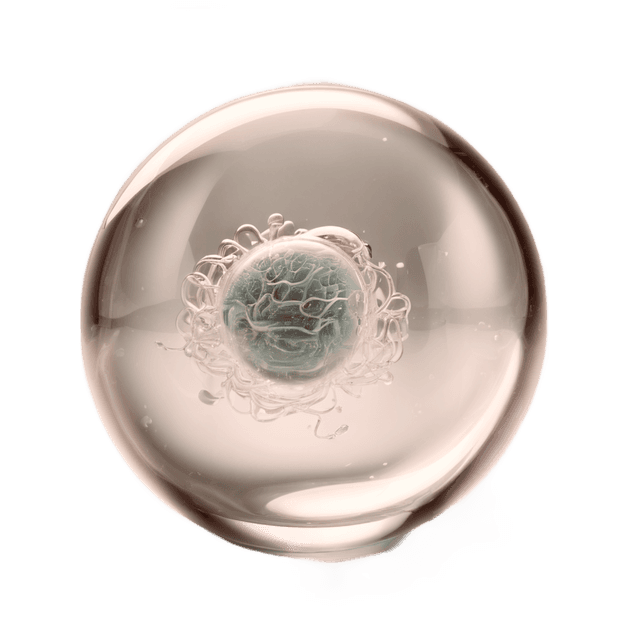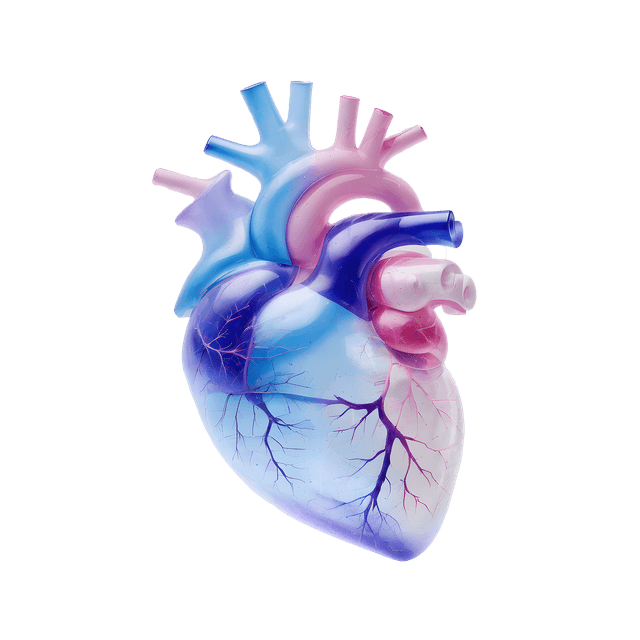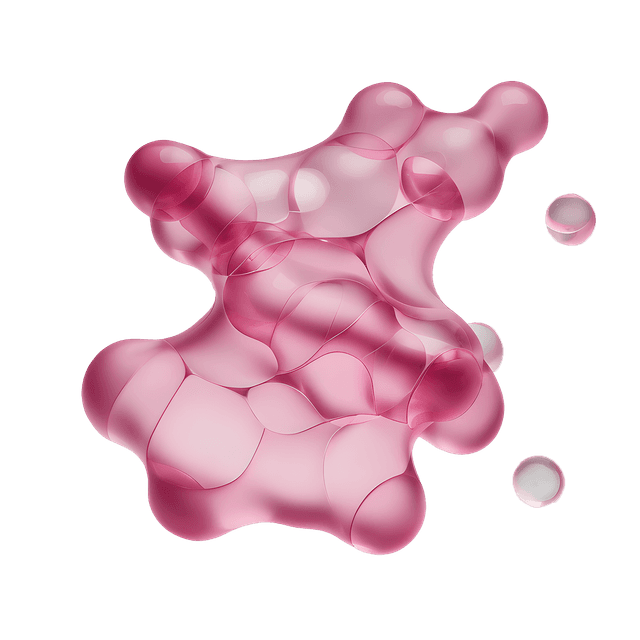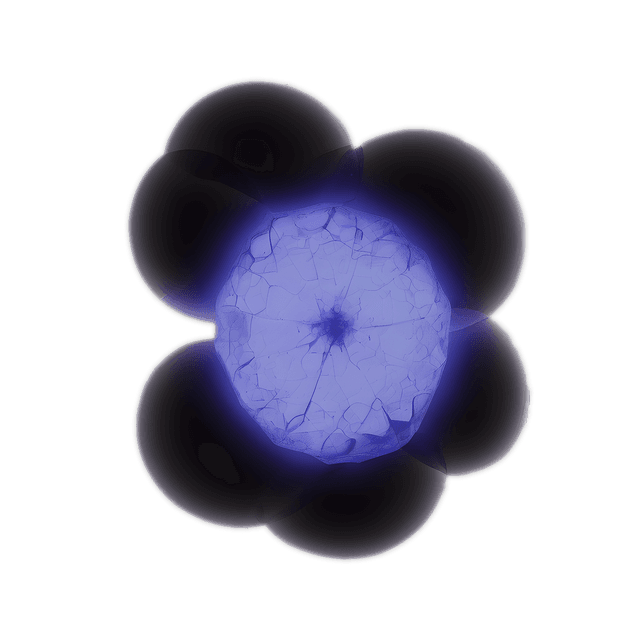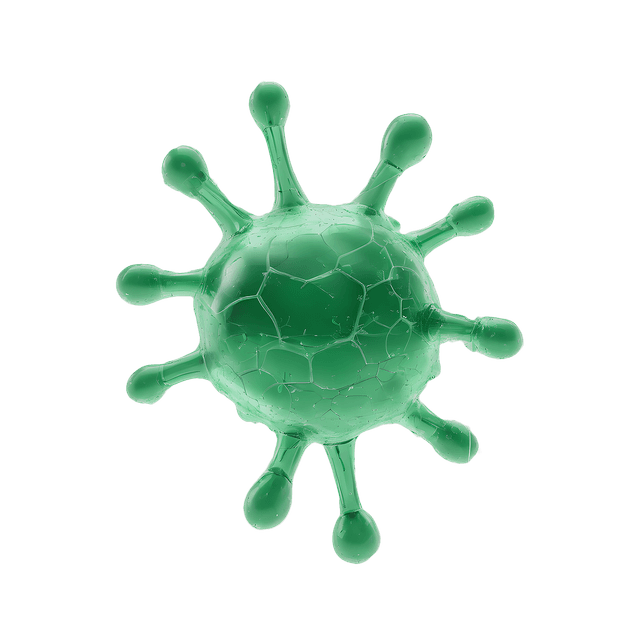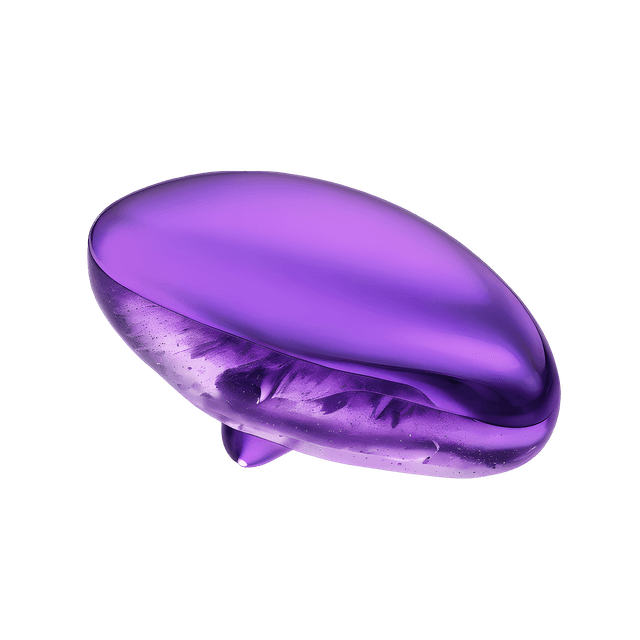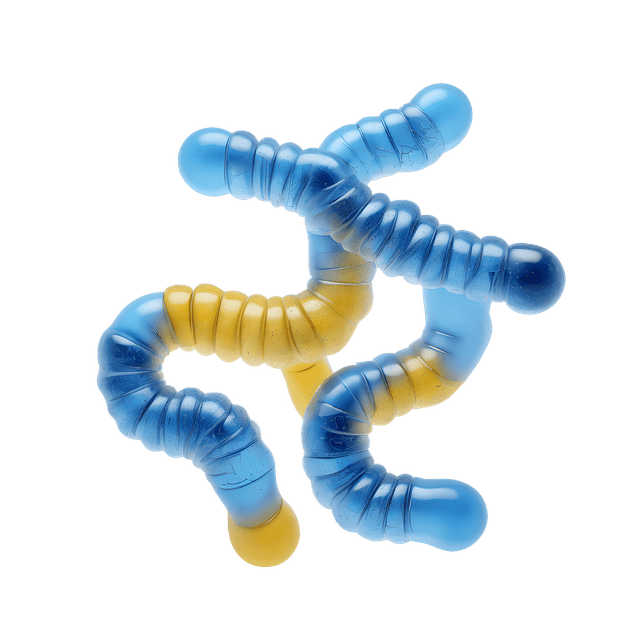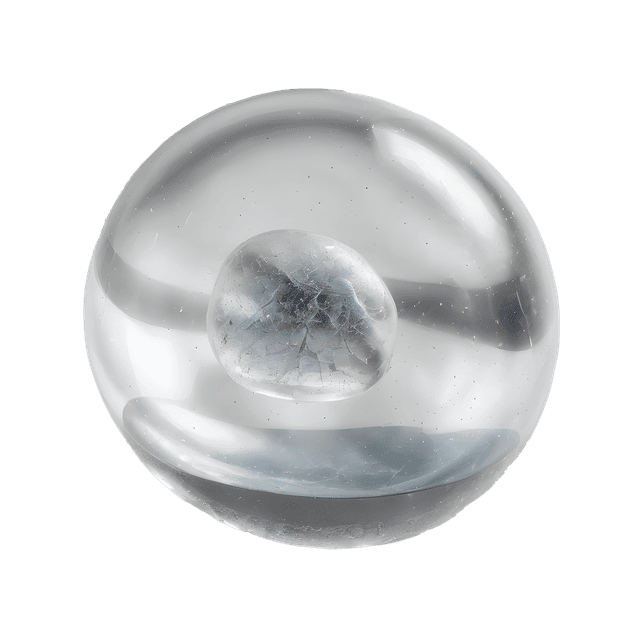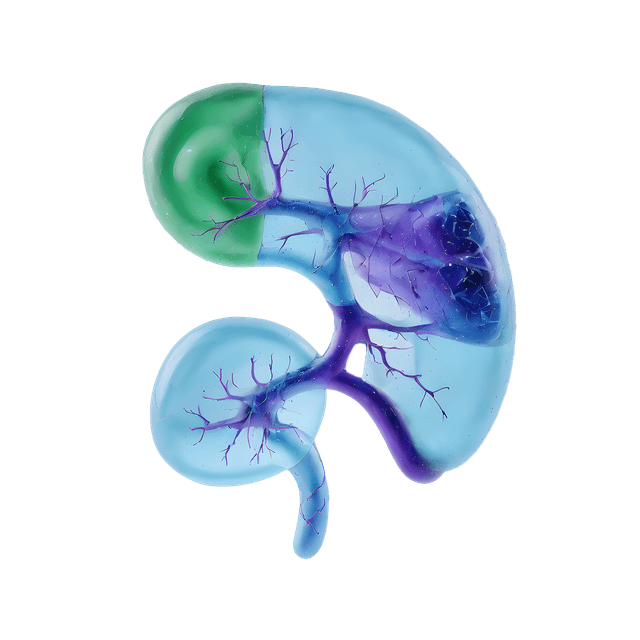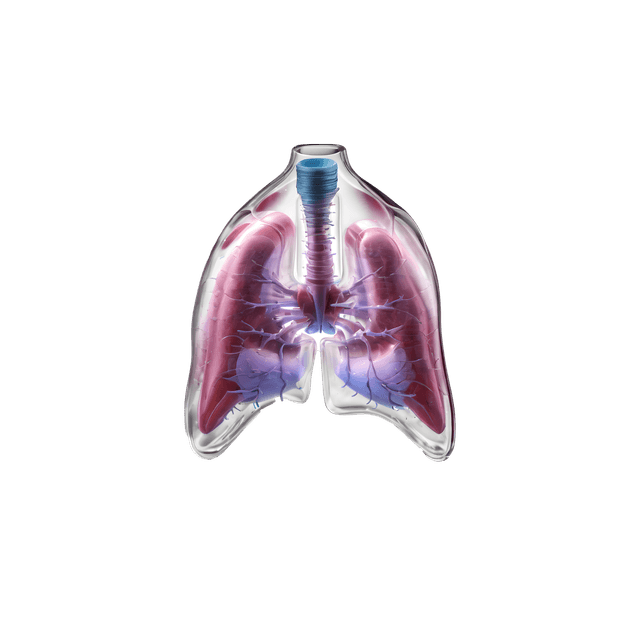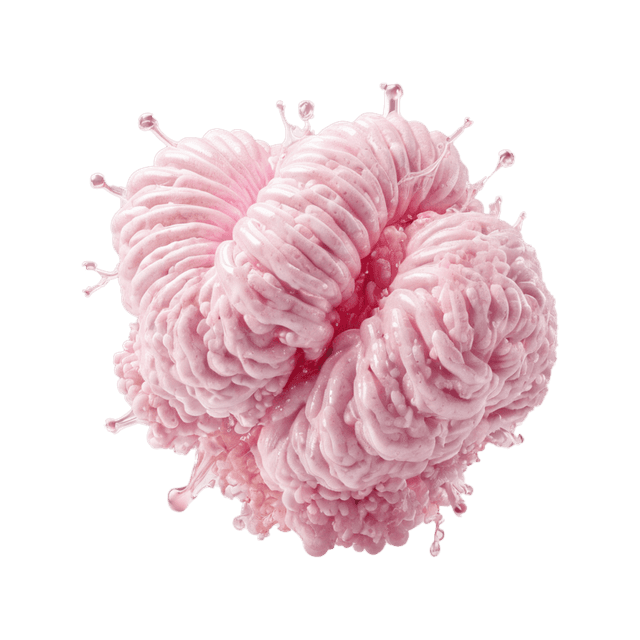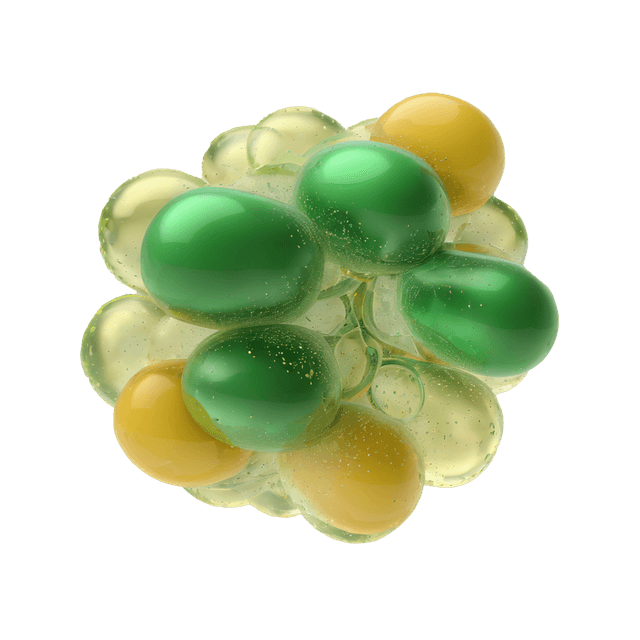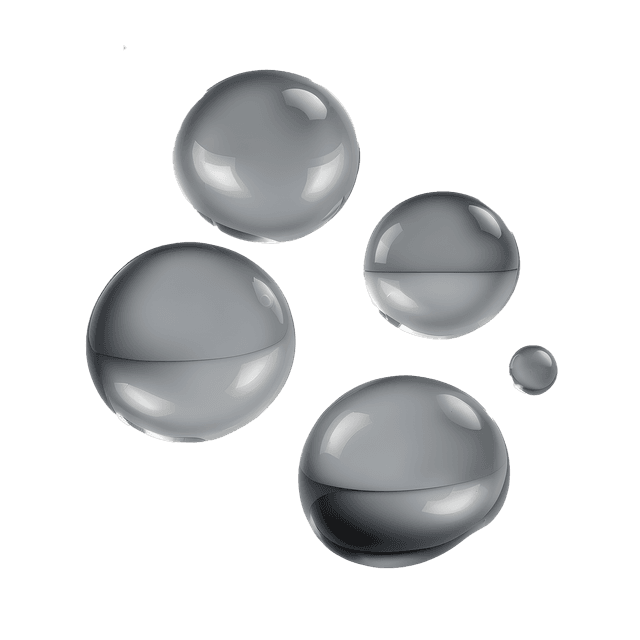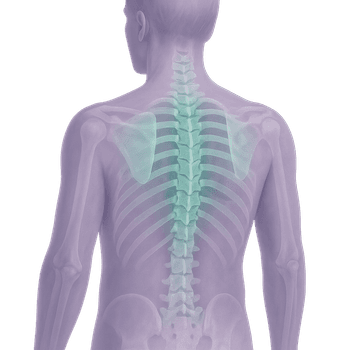Quick version
The thoracic spine is a stable but often overlooked part of the spine that can cause significant discomfort when overloaded or misaligned.
- Consists of 12 thoracic vertebrae (T1–T12)
- Connected to the ribs for added stability
- Common source of pain with sedentary lifestyles
- Common causes include muscle tension and disc problems
- Diagnosed with clinical tests and imaging
What is the thoracic spine?
The thoracic spine consists of twelve vertebrae, designated T1–T12. The vertebrae extend from the base of the neck to the middle of the back. Each vertebra is attached to a pair of ribs, which gives the area its stability but also reduces mobility compared to other parts of the spine. The thoracic spine protects parts of the spinal cord and has an important supporting function for the upper body.
Anatomy of the thoracic spine
The thoracic spine includes the twelve thoracic vertebrae, the discs between them, and the joints that connect the vertebrae to the ribs. The discs act as shock absorbers, while muscles and ligaments stabilize the area.
Function and movement
The thoracic spine contributes to the body's posture and allows limited rotation and bending. It is stabilized by the ribs, which provide support but limit movement compared to the lower back and neck.
Relationship with other parts of the body
The thoracic spine affects the function of the shoulders, shoulder blades and ribs. Problems in the thoracic spine can cause pain in the chest, shoulders or abdomen and are sometimes confused with heart or lung-related problems.
Common conditions and diseases
Having pain in the thoracic spine can be due to muscle tension, herniated discs, scoliosis or spondylosis. Long-term poor posture, a sedentary lifestyle and stress are common causes of problems in the area.
Examination and diagnosis
In the case of problems in the thoracic spine, a clinical examination is performed, often supplemented with X-rays, MRI of the thoracic spine or computed tomography. The doctor assesses mobility, pain points and any neurological symptoms to establish a diagnosis.
Relevant symptoms
- Pain between the shoulder blades
- Stiffness in the upper/middle back
- Radiating pain to the chest
- Difficulty breathing when taking a deep breath
- Muscle tenderness or spasm
Related conditions and diagnoses
- Herniated disc in the thoracic spine
- Scoliosis
- Muscular trigger points
- Osteoporosis
- Scheuermann's disease

